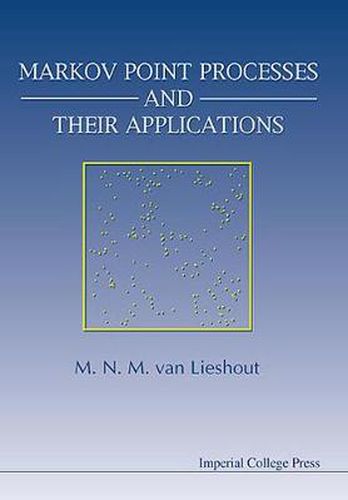Readings Newsletter
Become a Readings Member to make your shopping experience even easier.
Sign in or sign up for free!
You’re not far away from qualifying for FREE standard shipping within Australia
You’ve qualified for FREE standard shipping within Australia
The cart is loading…






These days, an increasing amount of information can be obtained in graphical forms, such as weather maps, soil samples, locations of nests in a breeding colony, microscopical slices, satellite images, radar or medical scans and X-ray techniques. High level image analysis is concerned with the global interpretation of images, attempting to reduce it to a compact description of the salient features of the scene.This book takes a stochastic approach. It studies Markov object processes, showing that they form a flexible class of models for a range of problems involving the interpretation of spatial data. Applications can be found in statistical physics (under the name of Gibbs processes ), environmental mapping of diseases, forestry, identification of ore structure in materials science, signal analysis, object recognition, robot vision, and interpretation of images from medical scans or confocal microscopy.
$9.00 standard shipping within Australia
FREE standard shipping within Australia for orders over $100.00
Express & International shipping calculated at checkout
Stock availability can be subject to change without notice. We recommend calling the shop or contacting our online team to check availability of low stock items. Please see our Shopping Online page for more details.
These days, an increasing amount of information can be obtained in graphical forms, such as weather maps, soil samples, locations of nests in a breeding colony, microscopical slices, satellite images, radar or medical scans and X-ray techniques. High level image analysis is concerned with the global interpretation of images, attempting to reduce it to a compact description of the salient features of the scene.This book takes a stochastic approach. It studies Markov object processes, showing that they form a flexible class of models for a range of problems involving the interpretation of spatial data. Applications can be found in statistical physics (under the name of Gibbs processes ), environmental mapping of diseases, forestry, identification of ore structure in materials science, signal analysis, object recognition, robot vision, and interpretation of images from medical scans or confocal microscopy.